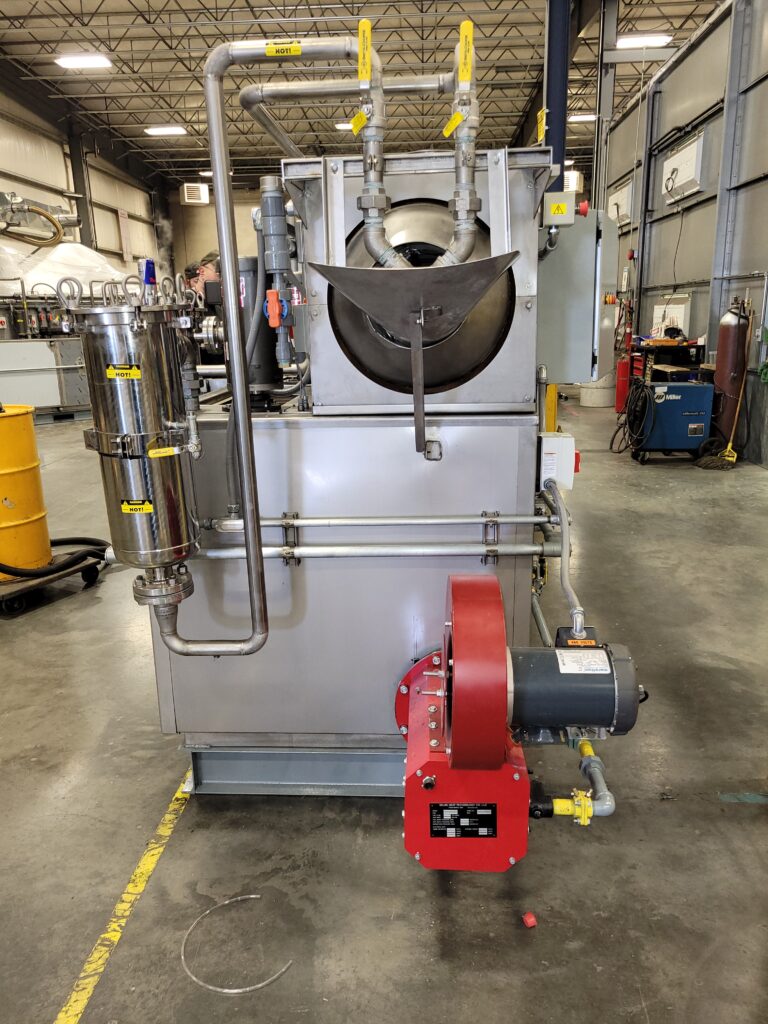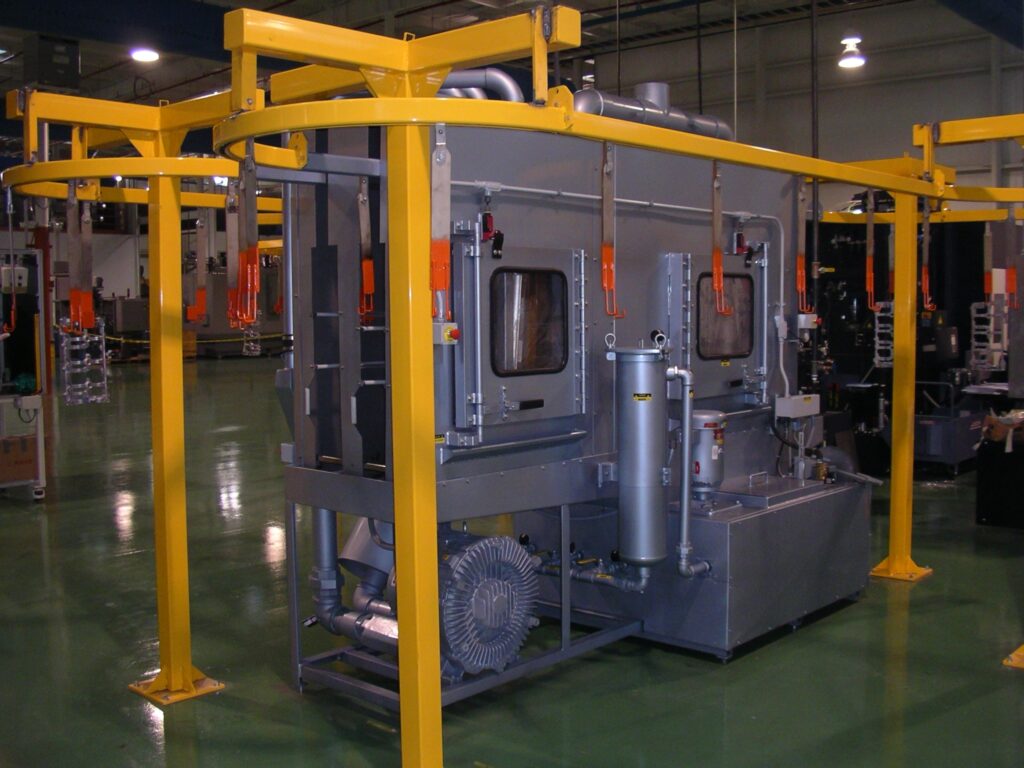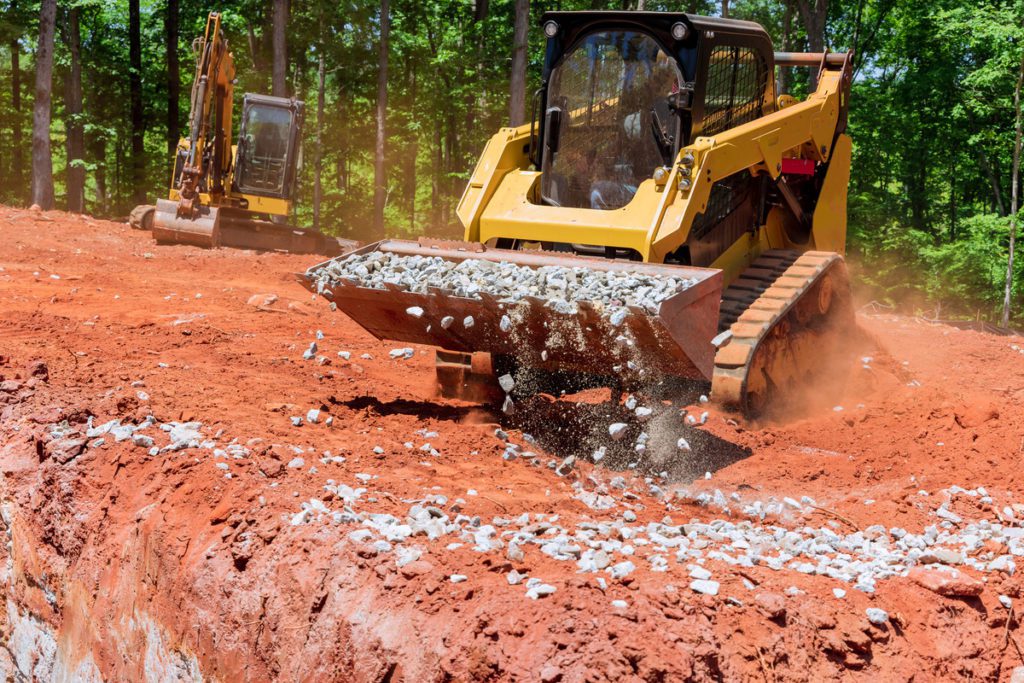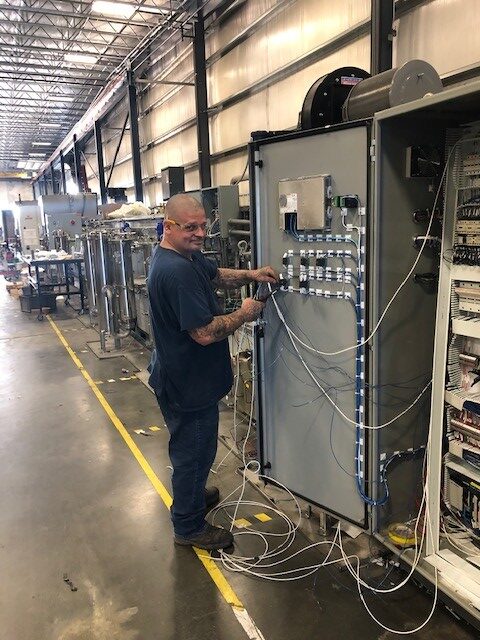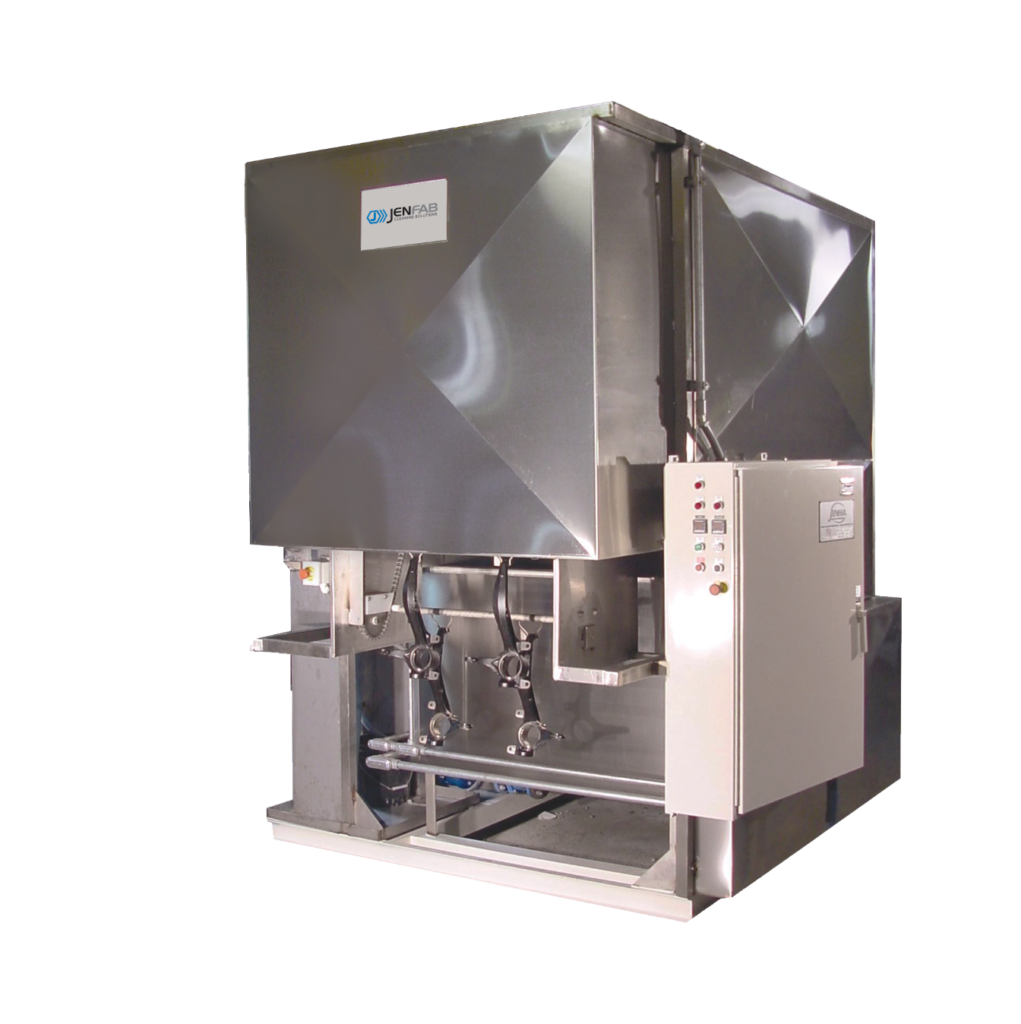What Are The Benefits Of Heated Parts Washers – At this point, the role heat plays in cleaning parts is common knowledge. A majority of chemical reactions are more active when subjected to higher temperatures. Considering, virtually every cleaner (hand soap, dish detergent, solvents) is a variation of chemistry, so it makes sense that these cleaners will work more efficiently when aided by hot water. Consider this: if you wanted to soak some dishes in the sink to loosen the grime and residue, you would use hot water, correct?
Several studies have posited that soap works less effectively in conjunction with cold water when compared to hot water usage over the same amount of time.
So, how does all of this relate to your parts cleaning efforts?
Reducing Chemical Reliance | Speeding Up Processes
With a heated parts washer, you are essentially replacing abundant chemical use with the natural effects of heated water. This is beneficial considering that these chemicals are essentially toxic and can be quite dangerous if they aren’t handled properly.
With the collective effects of heat, water, and a small amount of chemistry working in a properly designed machine, parts cleaning can be accomplished much faster and more thoroughly than other methods that pose environmental, health and safety risks.
Superior Ability For Breaking Down Bacteria
Heated parts washers excel at destroying the tiny bacteria and microorganisms that reside on your dirty equipment and parts. Simply put, hot water is far better for breaking down bacteria when compared to cold water. Most of the detergents you would use for parts washing are more effective in elevated temperatures (though you still have to be careful and understand the reaction between heat and detergents).
Kills Grease Film Layer
When a part hasn’t been thoroughly cleaned, a greasy little layer of film often forms on top of the particular part. This occurs even after frantic scrubbing with a flow-through brush, as some grease will always be left behind when you’re using cold water. Typically, it takes about 100-110 degrees to really get hydrocarbon or petroleum products to turn loose from the material they are attached to.
JenFab | Aqueous Parts Washers
Since 1960, JenFab has developed innovative technology for aqueous cleaning solutions. With a versatile product selection, JenFab has what you need to get started on a safer and cost effective cleaning parts path.
For more information on our aqueous products, fill out our online contact form or call us at 860-828-6516.












